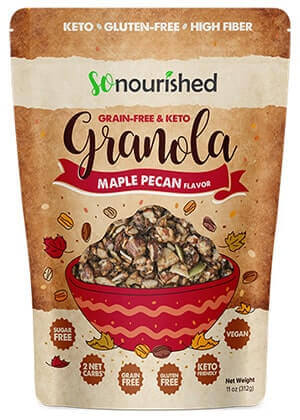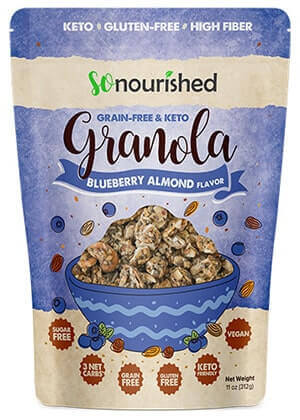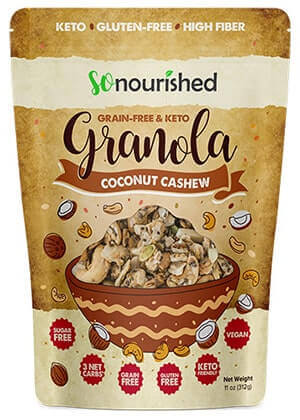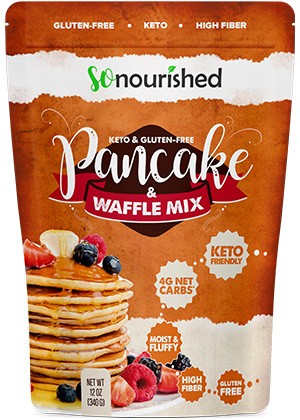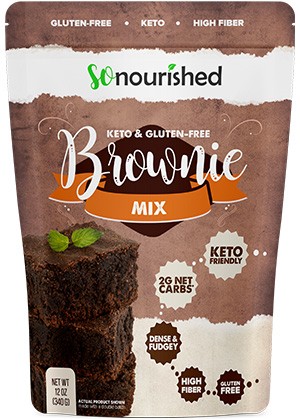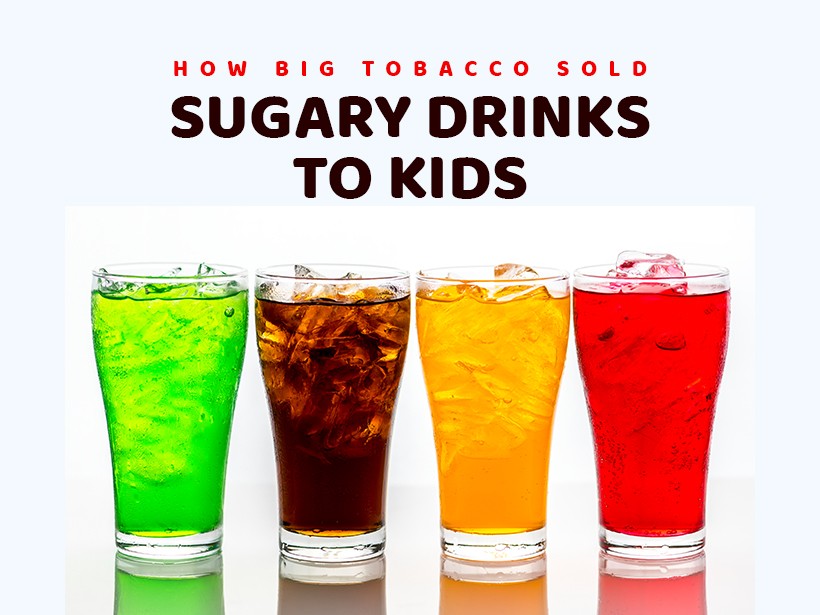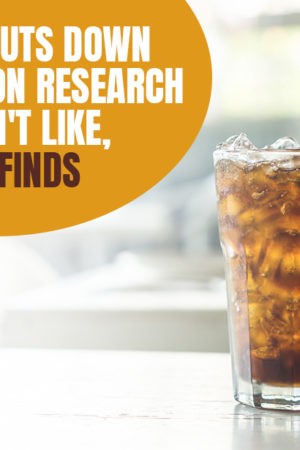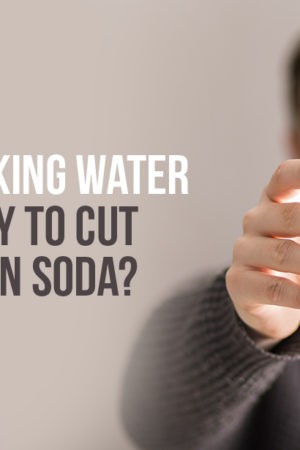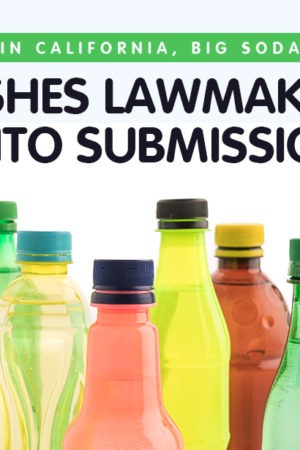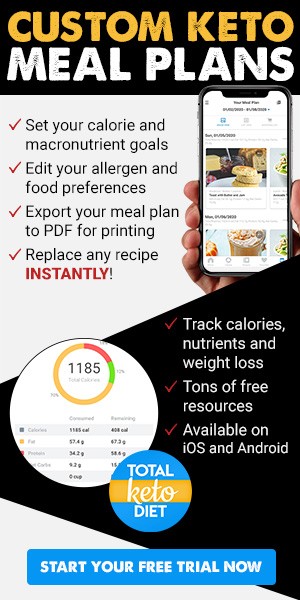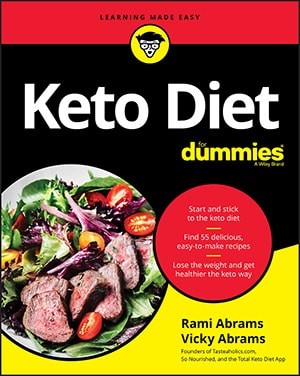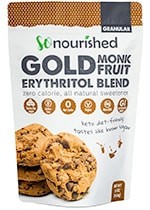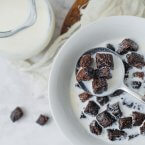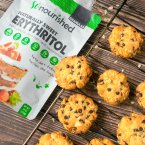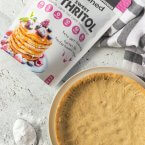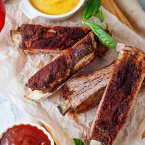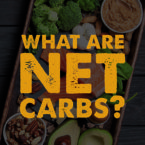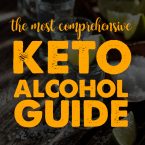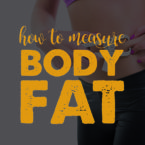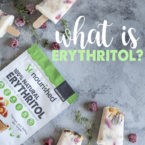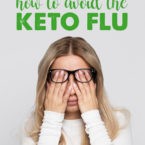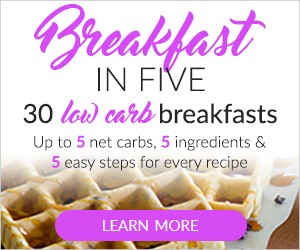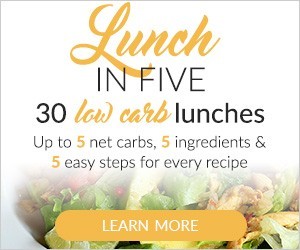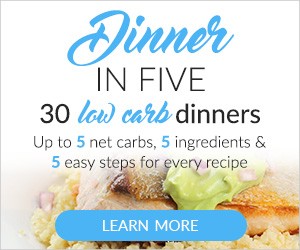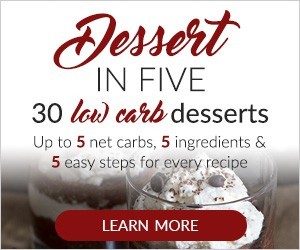Research on the global sugar obsession is mounting every year, with activists and international health organizations beating the drum that we must pull back from the dangerous precipice to which our sweet addiction has brought us. Make no mistake: sugar is a wildly addictive substance and exists in such large quantities in our food for precisely that reason. Writers have often made the comparison between sugar and nicotine in describing how, for example, a can of Pepsi can hook you in a way similar to a cigarette. According to new research published in the British Medical Journal, there may be more to that relationship than simple metaphor.1
From one addiction to the next
To begin with, it’s important to know that when cigarette companies were facing federal scrutiny for their habit of marketing deadly products to teens, they looked to branch out into other industries with less impending red tape. That’s when they started buying and developing sugary drink brands, including Hawaiian Punch, Kool-Aid, Capri Sun, and Tang.
Researchers at the University of California, San Francisco made a series of surprising revelations while sifting through a cache of documents from the tobacco industry. The internal documents showed how, step by step, big tobacco companies used their experience marketing cigarettes to young customers to sell the same kids and teenagers addicting sugary beverages. From mascots and other marketing techniques to the very same flavoring chemicals that went into cigarette tobacco, executives from federally besieged cigarette companies transported their bag of tricks to sweet drinks for kids, transforming the industry.
Peddling sugar to kids
Take, for example, the cigarette company Philip Morris, which launched a 45 million dollar marketing campaign for the “wacky, wild Kool-Aid style” in 1988 with the brand new Kool-Aid man mascot. The marketing team reinvented Kool-Aid as “the drink that’s just for kids,” after discovering just how easy it was to get kids hooked on what is essentially sugar water.
“If kids get used to drinking Kool-Aid instead of water, they’re always going to prefer a sugary beverage,” said Jennifer Harris, who studies corporate marketing strategies at the Rudd Center for Food Policy and Obesity. “And the advertising creates positive associations with these products in the minds of children.”2 Cigarette executives, of course, had learned this lesson long ago. For them, as they turned their attention to sugary drinks, the only difference was the addictive substance they were selling.
NUTRITIONAL DISCLAIMER
The content on this website should not be taken as medical advice and you should ALWAYS consult with your doctor before starting any diet or exercise program. We provide nutritional data for our recipes as a courtesy to our readers. We use Total Keto Diet app software to calculate the nutrition and we remove fiber and sugar alcohols, like erythritol, from the total carbohydrate count to get to the net carb count, as they do not affect your blood glucose levels. You should independently calculate nutritional information on your own and not rely on our data. The website or content herein is not intended to cure, prevent, diagnose or treat any disease. This website shall not be liable for adverse reactions or any other outcome resulting from the use of recipes or recommendations on the Website or actions you take as a result. Any action you take is strictly at your own risk.
- California Pushes for Cigarette-Like Warning Labels on Soda - July 1, 2019
- Is a Slowdown in Australia's Sugar Consumption a Sign of More to Come? - June 24, 2019
- Groundbreaking Study Says the Sugar Rush Doesn't Exist - June 12, 2019


